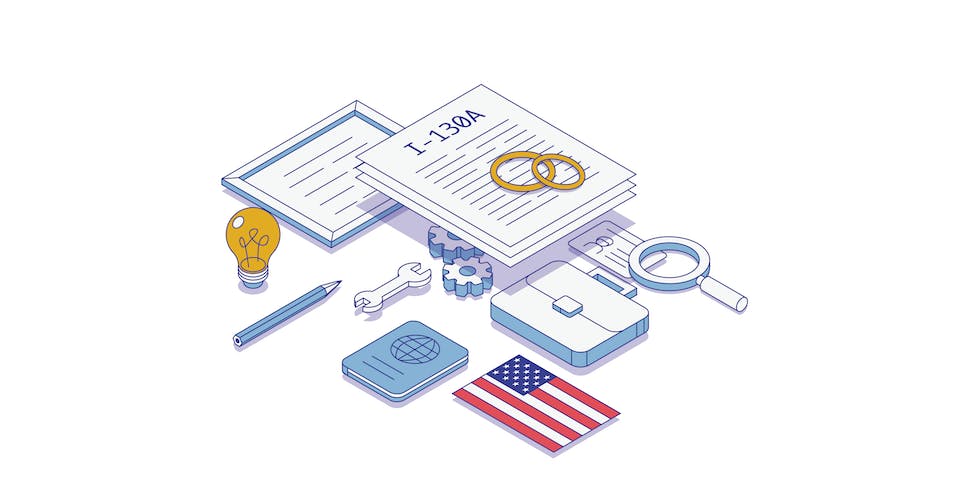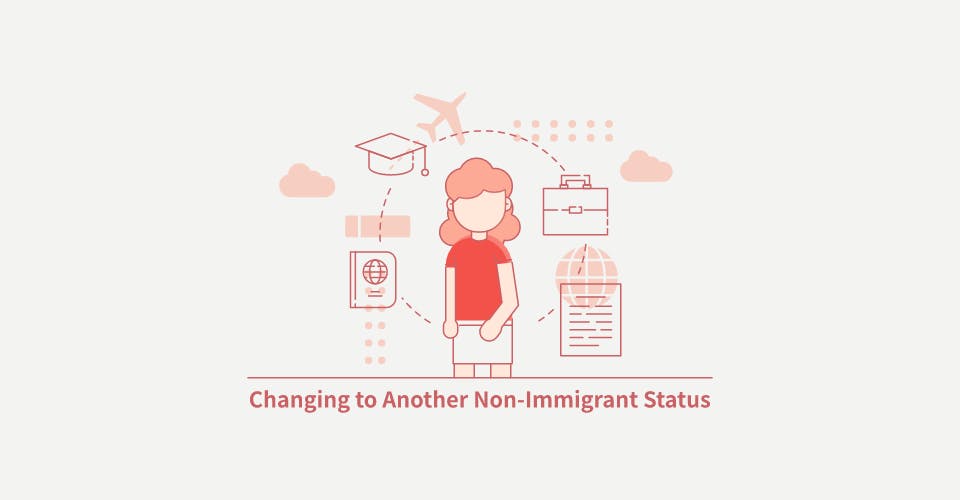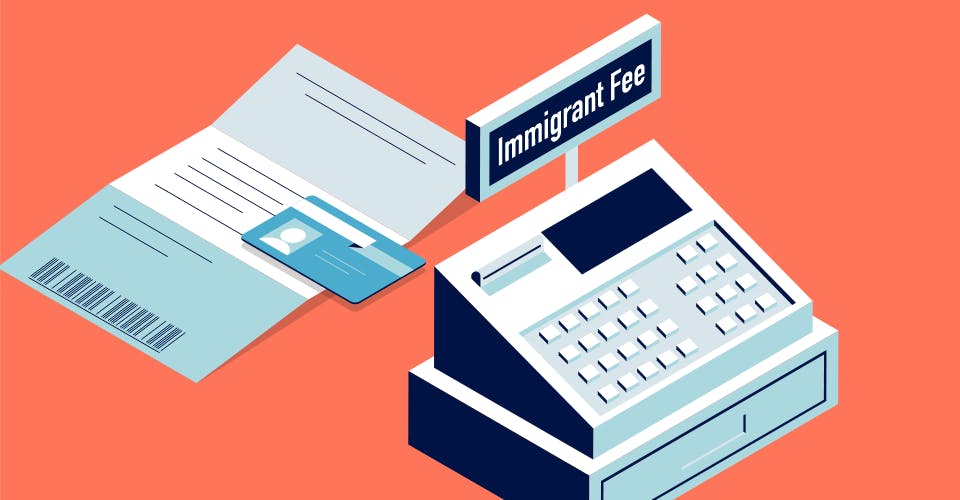Link to form: https://www.uscis.gov/sites/default/files/document/forms/i-130a.pdf
Family based immigration in the United States requires a U.S. citizen or legal permanent resident (green card holder) to petition for the intending immigrant family member to come to the United States. Basically, if you have a close family member such as a spouse, child, or parent who is living abroad, you can file an I-130 Petition on their behalf. The I-130 is adjudicated by the USCIS and shows the agency that a legitimate immediate or close relative relationship exists.
Additionally, if you are the spouse beneficiary of an I-130 application, you will also need to fill out the I-130A. This blog will be dedicated to better understanding what exactly the I-130A is, and how to complete this application step by step.
Background
The I-130A is a special form that should only be used for spouses who are seeking a marriage green card. The purpose of the form is to gather additional information on the spouse in question— their address history for the past five years, their employment history, as well as information about the spouses parents and whether they are immigrants or not.
You do not need to fill out the I-130A if you are a child or parent beneficiary. In addition, anyone who is filling out this form should be relieved to know there is no fee associated with it or that needs to be paid to the USCIS.
Completing the Form
The spouse who is intending on immigrating to America in pursuit of a green card should fill this form out. In Part 1, the spouse who is intending to immigrate should provide their name, DOB, A-number, and USCIS online account number (if applicable). Starting with question 4, the spouse needs to list off their address history for the past five years. Be careful in this section as you should first list your current address, and then each preceding address. Applicants might also be confused by the question that asks spouses to list their foreign (non-U.S.) based address even if they have just listed it. Be sure to use Part 7: Additional Information if you need more space completing your address history.
Additionally, in Part 1, spouses should provide some basic information about their parents including their names, DOBs, and then be sure to differentiate their country of birth from their current residence if they are no longer living in the same country.
In Part 2, spouses should provide their employment information as well for the past five years. If they worked outside of the U.S. more than five years ago, do not worry as you will be able to fill out this information in Part 3. Again, if you have had more employers than spaces available to fill out your history in the most recent five years, please use Part 7: Additional Information to make sure the list is complete.
In Part 3, you’ll list your employment opportunities you had while outside of the United States. You only need to list the most recent job you had outside of the United States. If you have never worked outside of the U.S., also mark this in Part 7: Additional Information for the corresponding section.
In Part 4, the spouse will need to provide some basic contact information such as their mobile number and email. In addition, this section is meant for spouses to agree to the authorization of the release of any records that might be needed by the USCIS to determine eligibility for the immigration benefit that is being sought.
Finally, Parts 5 and 6 should be filled out if the beneficiary spouse needed the help of a translator or other preparer in completing this form.
You will either be filing your I-130A from the U.S. or abroad. The address you send your package to depends on your situation. Here is the USCIS chart that details where to send your I-130 (you will attach your I-130A): https://www.uscis.gov/i-130-addresses














